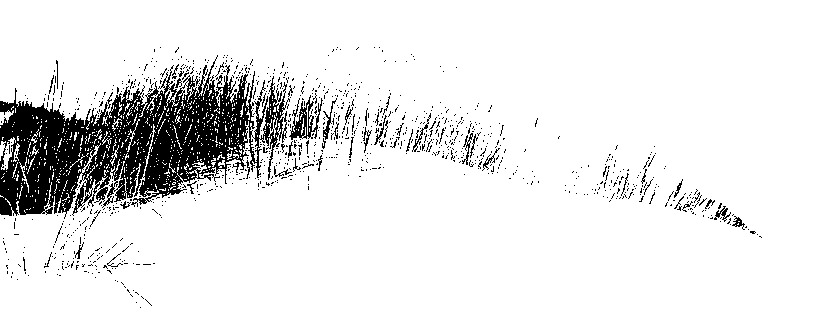De Blinkerd
On this page you find posts related to the objects and documents that Othillia G—— has taken into her care for Hilde Van Gelder. Together they form the buttons of Othillia’s talking book (Othillia is a fan of Lou Reed’s music). The talking book converts gathered pictures selected from this archive into buttons that, even if seen together, do not produce a coherent photographic collection. Neither does the talking book highlight what you discover by pressing each button, as it does not disclose the former lives of the persons nor the usages of the places and objects that it depicts. These buttons do not work as separate entities, but find their meaning when sewn into new constellations.
Although they are all of similar size, Othillia G—— carefully ponders in advance the shape befitting each button hole: rounded, box, horizontal/vertical stretch, or keyhole (the latter is one of her favorites). She does this in close consultation with her business collaborators at De Blinkerd. Together, they embroider the holes by hand or sew them with a machine, identifying the edging blanket stitches used through codes that follow a strict protocol. You find these code names underneath every button. The talking book’s purpose is to allow the represented persons, objects and places to come to rest through the mental images that they reveal. For now, it still contains a great number of nonworking buttonholes. These provisional markings will be snipped open for you as Othillia, her collaborators, and their correspondents proceed. While you follow the operation, you can understand every button as the other’s distant relative. They are “family of the seventh button hole (familie van het zevende knoopsgat),” as they say in northern Belgium. In the South they call them “des cousins à la mode de Bretagne.” This collection is preserved in Othillia’s home at De Blinkerd aan Zee. It forms the foundation of the business De Blinkerd.










